Waterfall Garden Features – Tips For Creating Pond Waterfalls
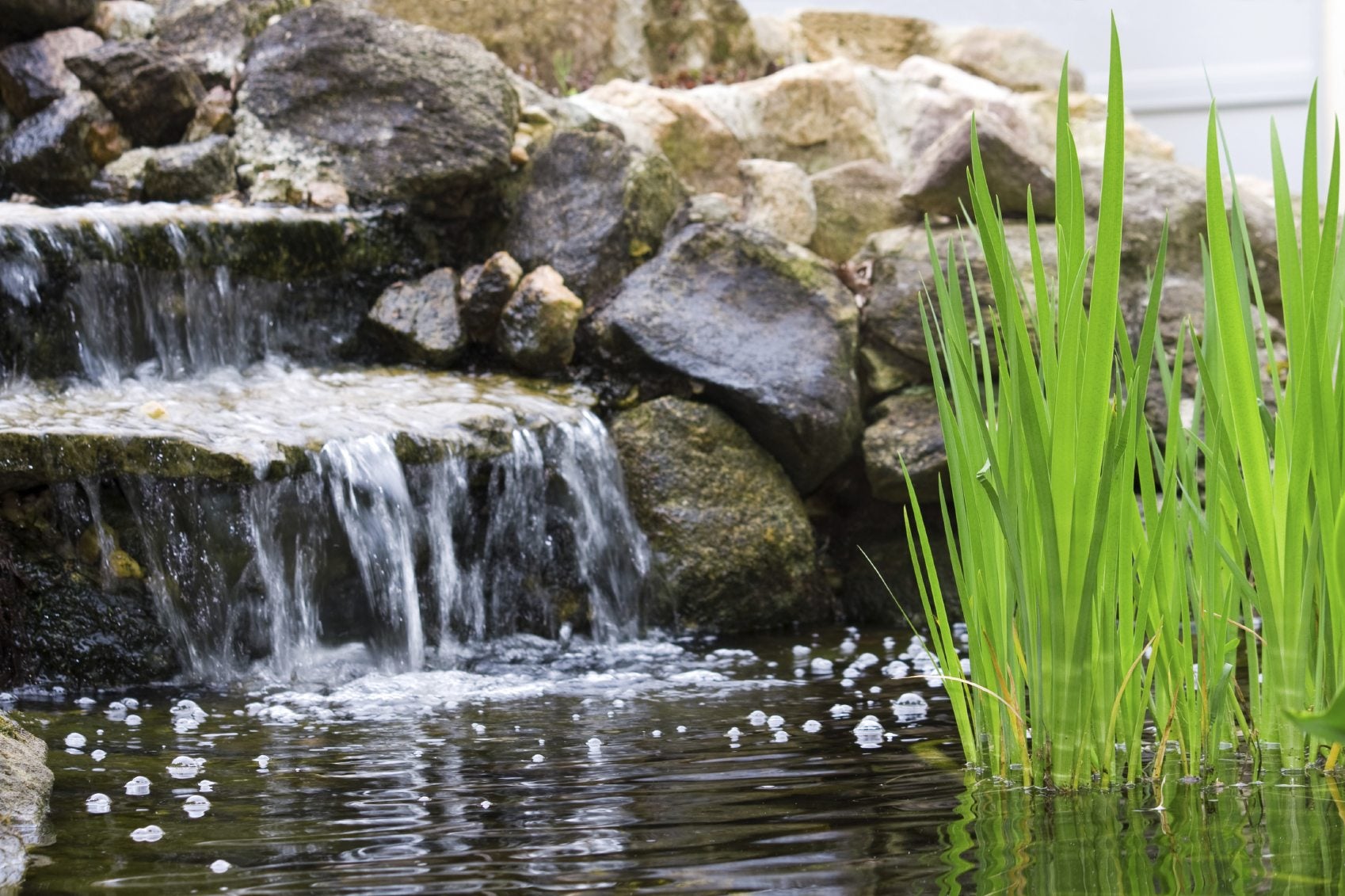

Waterfalls are the focal point of a water feature. They indulge the senses with their pleasant sounds but have practical applications as well. Moving water prevents mosquitoes and adds oxygen to ponds. Backyard pond waterfalls add value to the property and enhance the architecture of the landscape. Tips on how to build a pond waterfall abound on the internet. The project may be as simple or complex as you wish. Creating pond waterfalls using waterfall garden features is the simplest way. You may also choose to construct your own system with a pump and some innovative disguise techniques.
Considerations for Backyard Pond Waterfalls
Waterfall landscaping is a unique way to add dimension and sensory delight to the garden. You may choose to contract professional installers for your project or tackle it yourself. Either way, you need to consider the site carefully and make sure you have a power source nearby. Waterfall garden features run off of pumps that circulate the water. These require electricity to operate. A pond forms the perfect natural reservoir for a waterfall. If you already have one, adding a waterfall is a fairly easy construction project. If you don’t have a pond yet, you can incorporate one into the design for the waterfall. All it takes is some serious excavation and a pond liner or form. The location for your pond and waterfall should factor in such concerns as size, maintenance, and slope. You may also wish to consider how difficult it will be to bring in the larger materials necessary and make a plan for moving large rocks or concrete steps. For built ponds, make certain you have a water source close to fill and top up the pond.
How to Build a Pond Waterfall
Once you have your location picked out, build your pond if you don’t already have one. Use pond liner and hide the edges with different sizes of river rocks for a natural appearance. The waterfall landscaping begins with setting up steps. Steps are the key to creating pond waterfalls that really sound like waterfalls. You may choose to use cement or concrete blocks or large rocks. Lay liner out in the area where the waterfall will go. Have enough out that the liner will go past the edges of the steps by several inches. Additionally, make sure the pond liner comes over the waterfall liner at the last step. Place the pump in the pond and run the return tubing up the steps to a top reservoir. Fill along the edges of the liner with smaller rocks and use large slabs of rock along the steps to create a natural appearance. Tie all rock into each other with mortar. Hide the liner with rocks and place a few smaller ones in the path of the main water flow to add subtle fluctuations in the noise. Let the mortar cure and fill the pond. Turn on the pump to check your work.
Another Way of Creating Pond Waterfalls
If you are building the pond and the waterfall at the same time, you can use the dirt from the pond excavation to make a hill above the pond. This will eliminate the need for steps. Dig out a u-shaped trench from the pond edge up the hill. The depth is up to you and will dictate how much water can course down the hill. You will need a small pool at the top of the waterfall or a purchased reservoir. Fill your trench with underlay, pond liner, small river stones, and then place larger cobblestones along the sides. Start laying further rock from the pond upward. The foundation stone needs to be flat and large. It will support the spill stone, which should slope towards the pond. Use poly foam with sand dusted over it to adhere the 2 pieces together. Repeat this process up the channel, tilting spill stones at each level so they will direct water downward. Fill the header pool or reservoir with water. Place the pump into the filled lower pond and run the hose up the waterfall to the upper reservoir. Turn on the feature and check for any leaks.
Gardening tips, videos, info and more delivered right to your inbox!
Sign up for the Gardening Know How newsletter today and receive a free copy of our e-book "How to Grow Delicious Tomatoes".

Bonnie Grant is a professional landscaper with a Certification in Urban Gardening. She has been gardening and writing for 15 years. A former professional chef, she has a passion for edible landscaping.
-
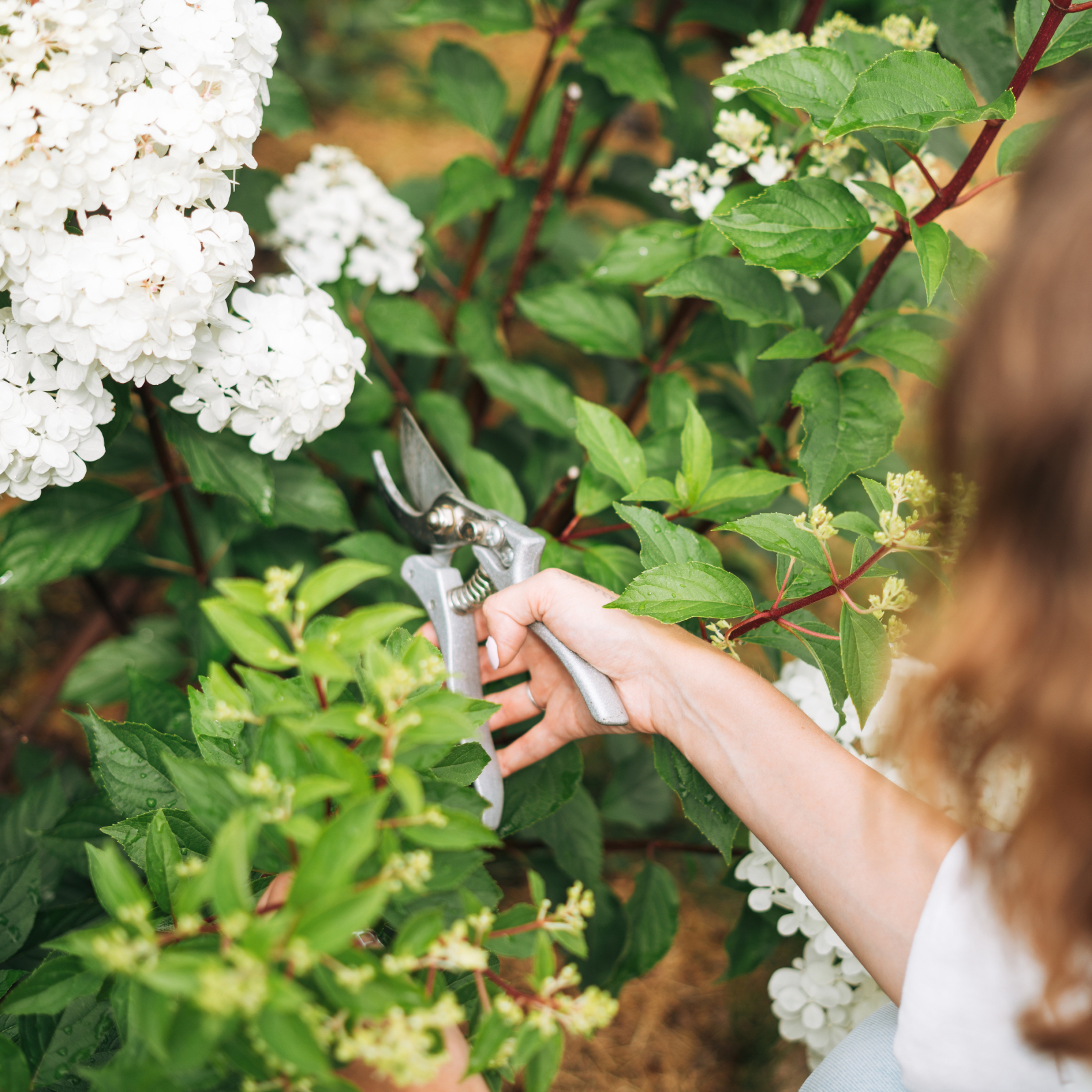 Pruning Limelight Hydrangea Bushes For Bigger Blooms & Stronger Plants
Pruning Limelight Hydrangea Bushes For Bigger Blooms & Stronger PlantsPruning 'Limelight' hydrangea will benefit the shrub. Flowers will be more bountiful the next year and branches will be stronger. Learn how and when to prune.
-
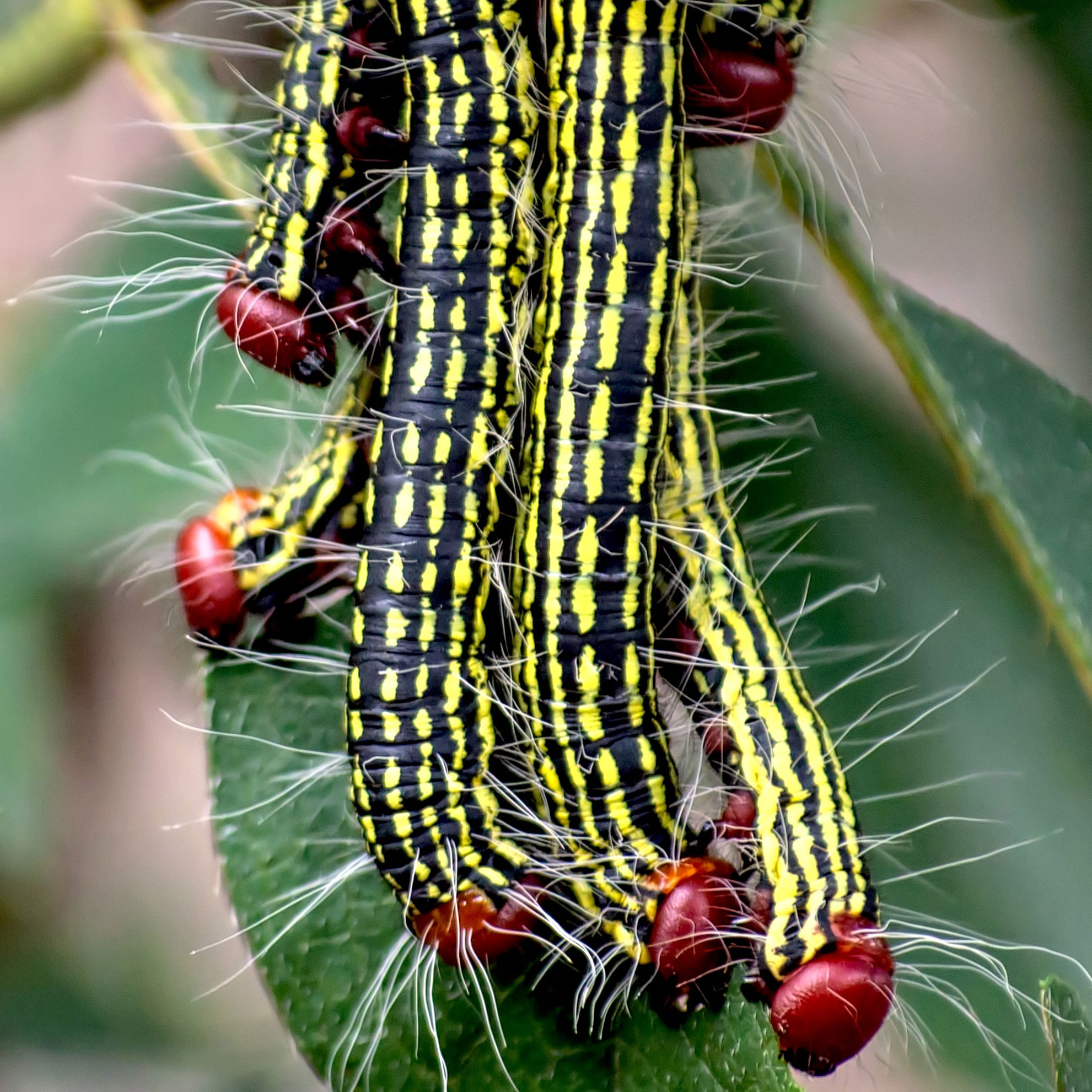 What’s Wrong With Your Azaleas? Identify, Tackle And Prevent 6 Common Azalea Pests
What’s Wrong With Your Azaleas? Identify, Tackle And Prevent 6 Common Azalea PestsIf you’ve spotted signs of azalea leaf damage, don’t panic – here’s how to identify the most common azalea pests so you can take action swiftly and keep plants healthy
-
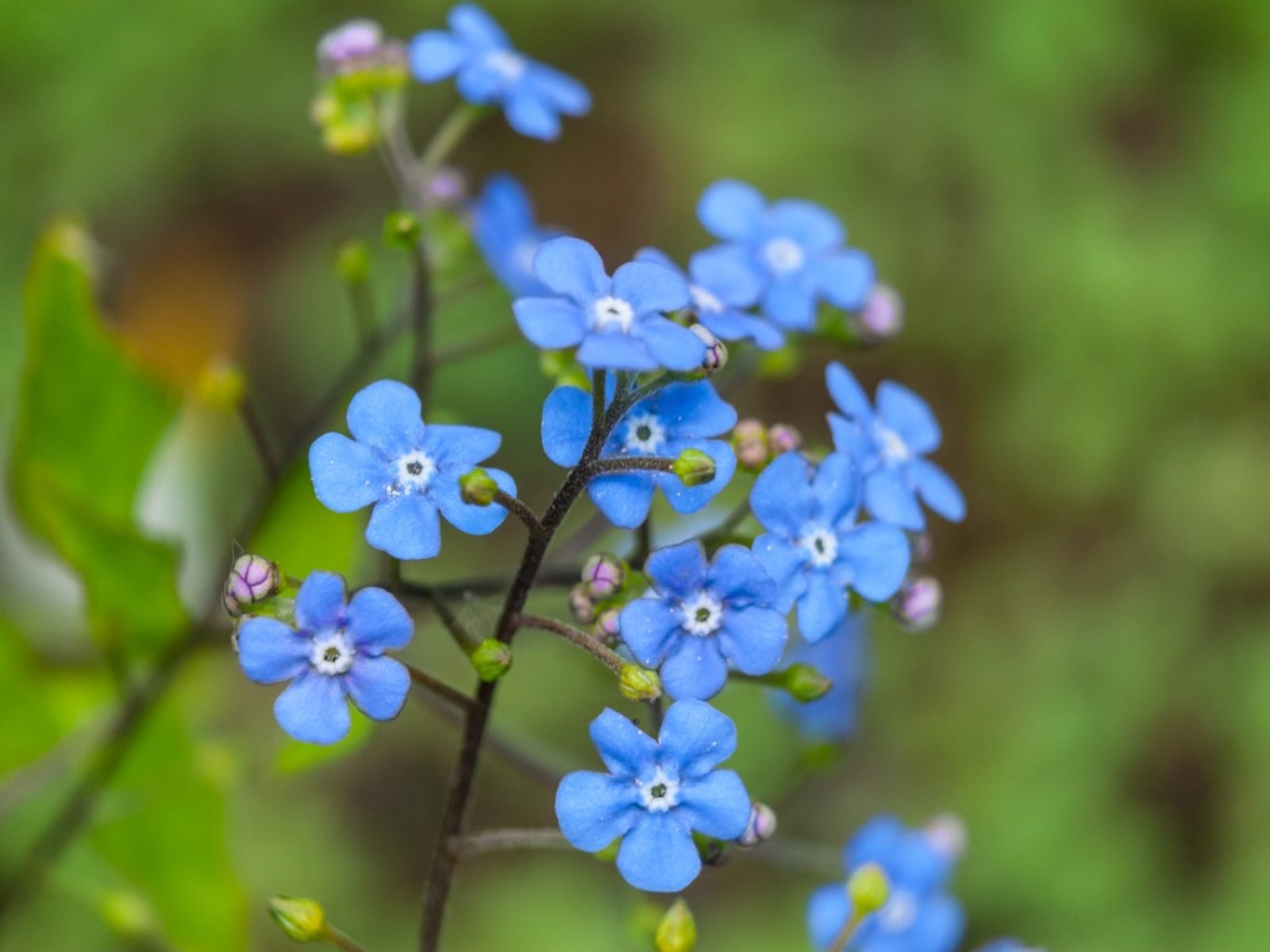 Flowering Pond Plants - Growing Aquatic Flowers
Flowering Pond Plants - Growing Aquatic FlowersAdding flowering pond plants to natural and manmade water features can be an easy way to quickly beautify a space with lush greenery and vibrant bursts of seasonal color. Read on for more.
-
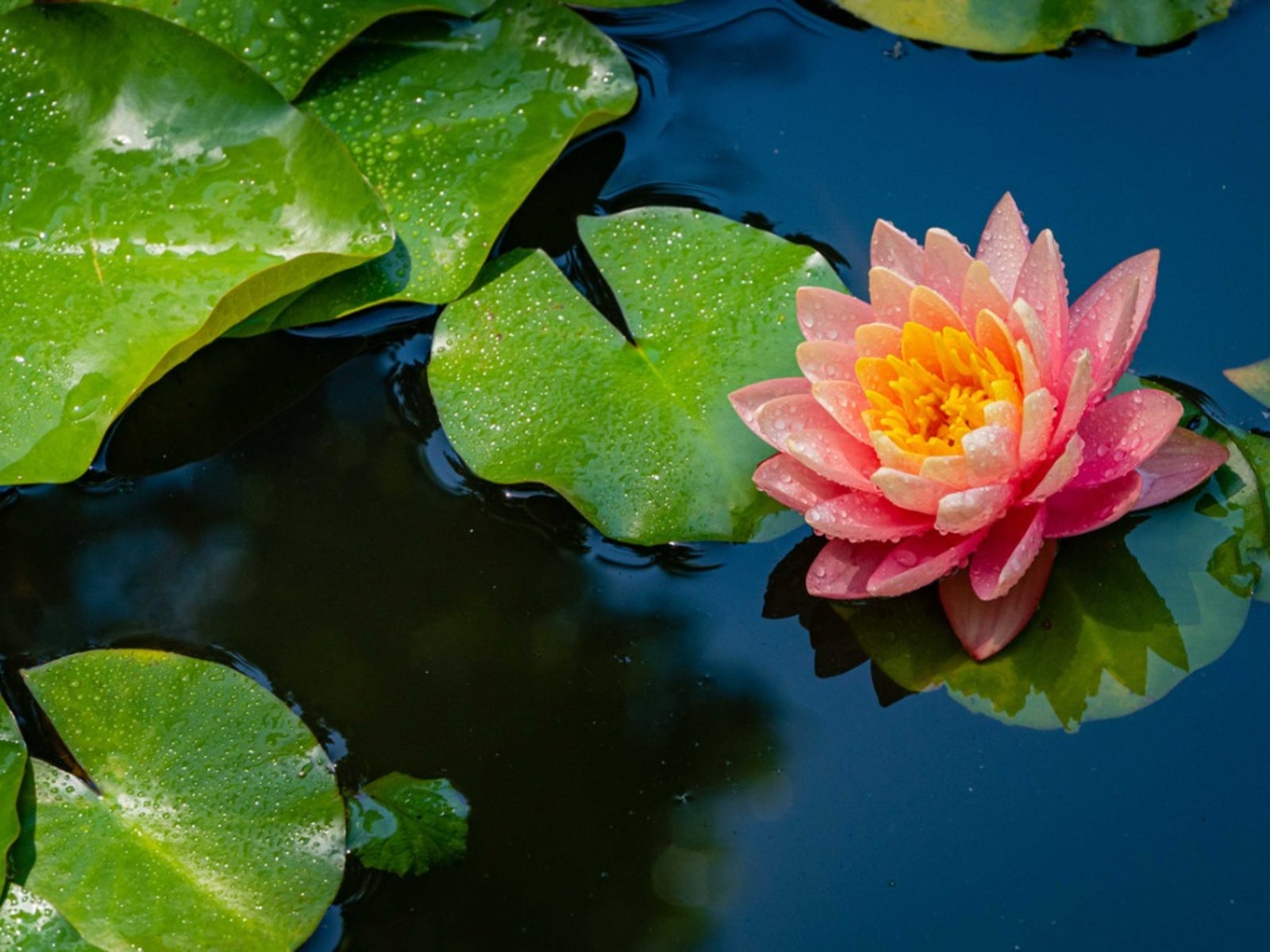 Full Sun Aquatic Plants - Full Sun Floating Pond Plants
Full Sun Aquatic Plants - Full Sun Floating Pond PlantsThere are pros and cons to putting a pond in full sun, but it's very doable. Here are some ideas to get you started.
-
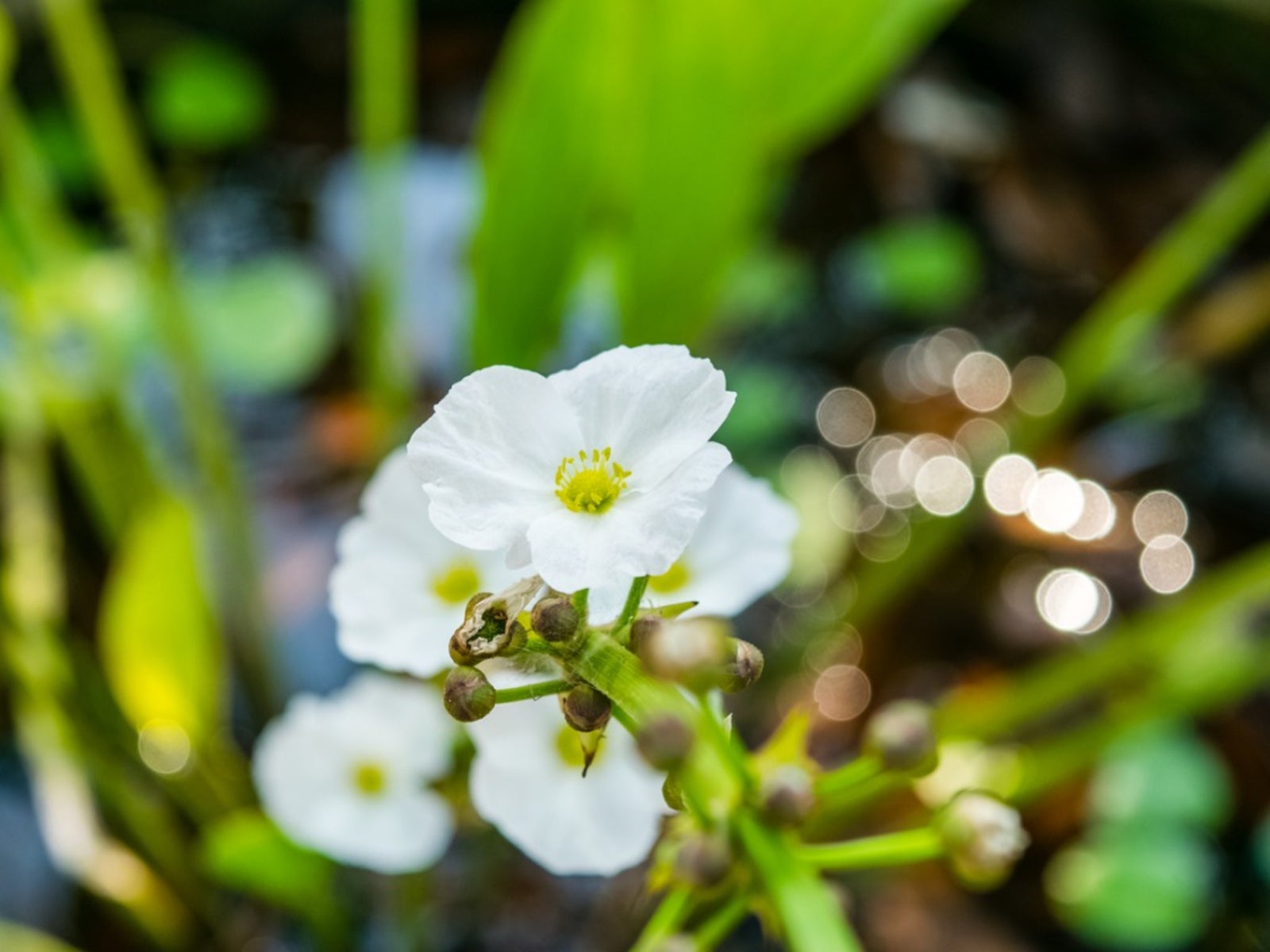 Echinodorus Creeping Burhead – Information On Creeping Burhead Plant Care
Echinodorus Creeping Burhead – Information On Creeping Burhead Plant CareCreeping burhead plants are members of the water plantain family and commonly used in freshwater aquariums or outdoor fishponds. Echinodorus creeping burhead is native to the eastern half of the United States. To learn more about the creeping burhead plant click the following.
-
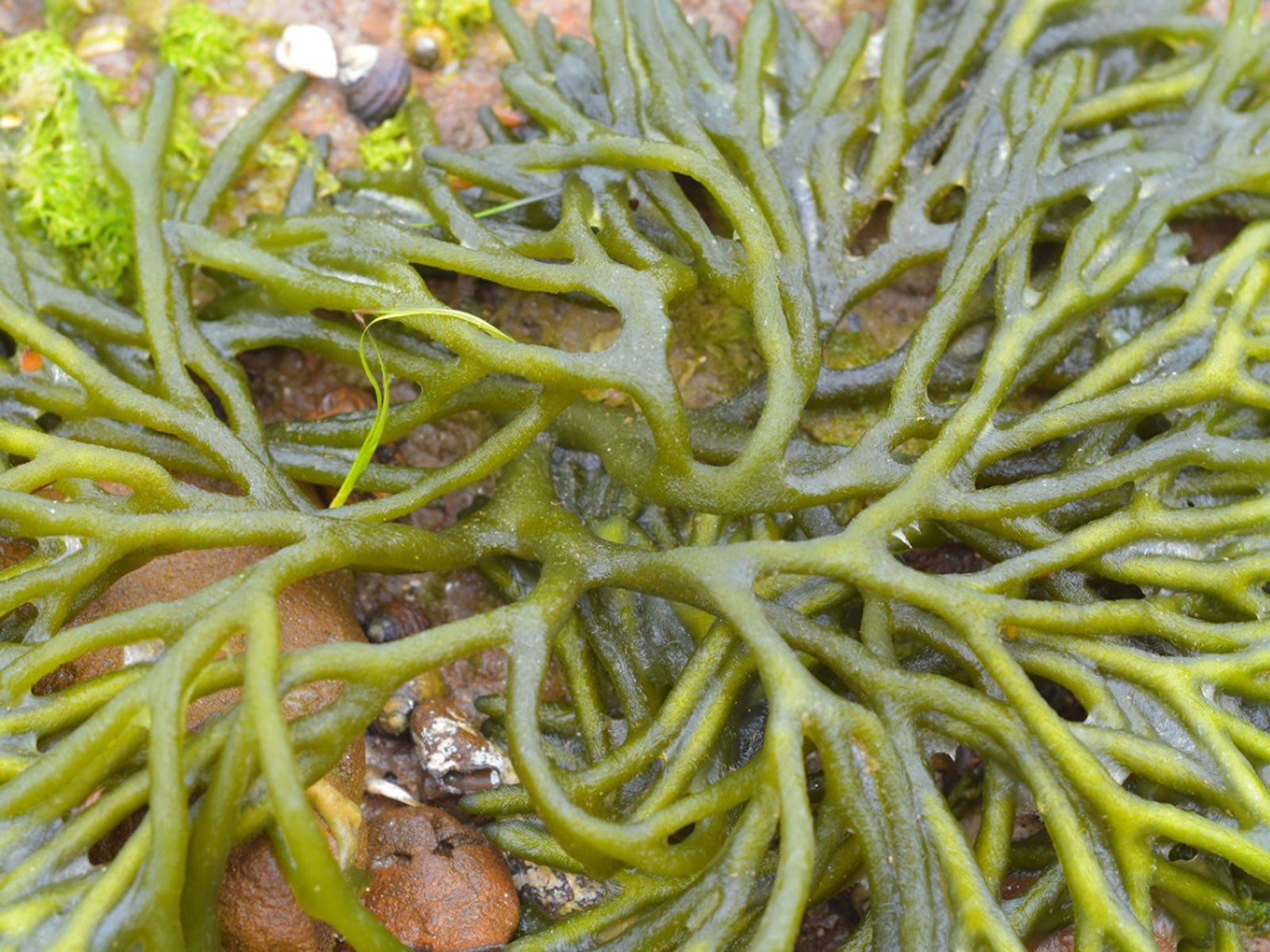 What Is A Saltwater Aquarium: Plants For Saltwater Aquariums
What Is A Saltwater Aquarium: Plants For Saltwater AquariumsBuilding and maintaining a saltwater aquarium requires some expert knowledge in choosing the right plants. Here are some choices to start with.
-
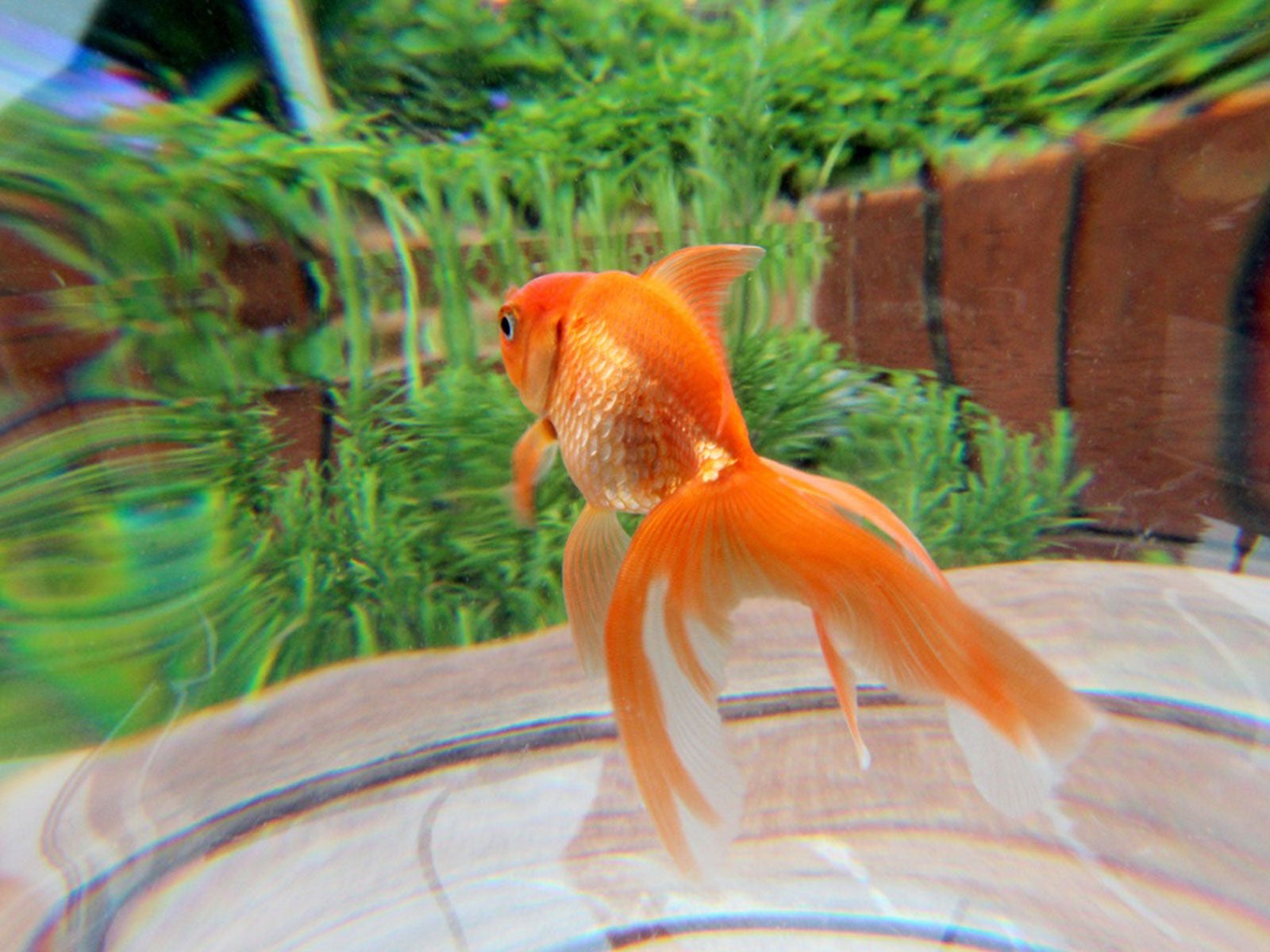 Outdoor Aquarium Ideas: Putting A Fish Tank In The Garden
Outdoor Aquarium Ideas: Putting A Fish Tank In The GardenAquariums are generally made for inside the house, but why not have a fish tank outside? Click here for tips and ideas on backyard aquariums.
-
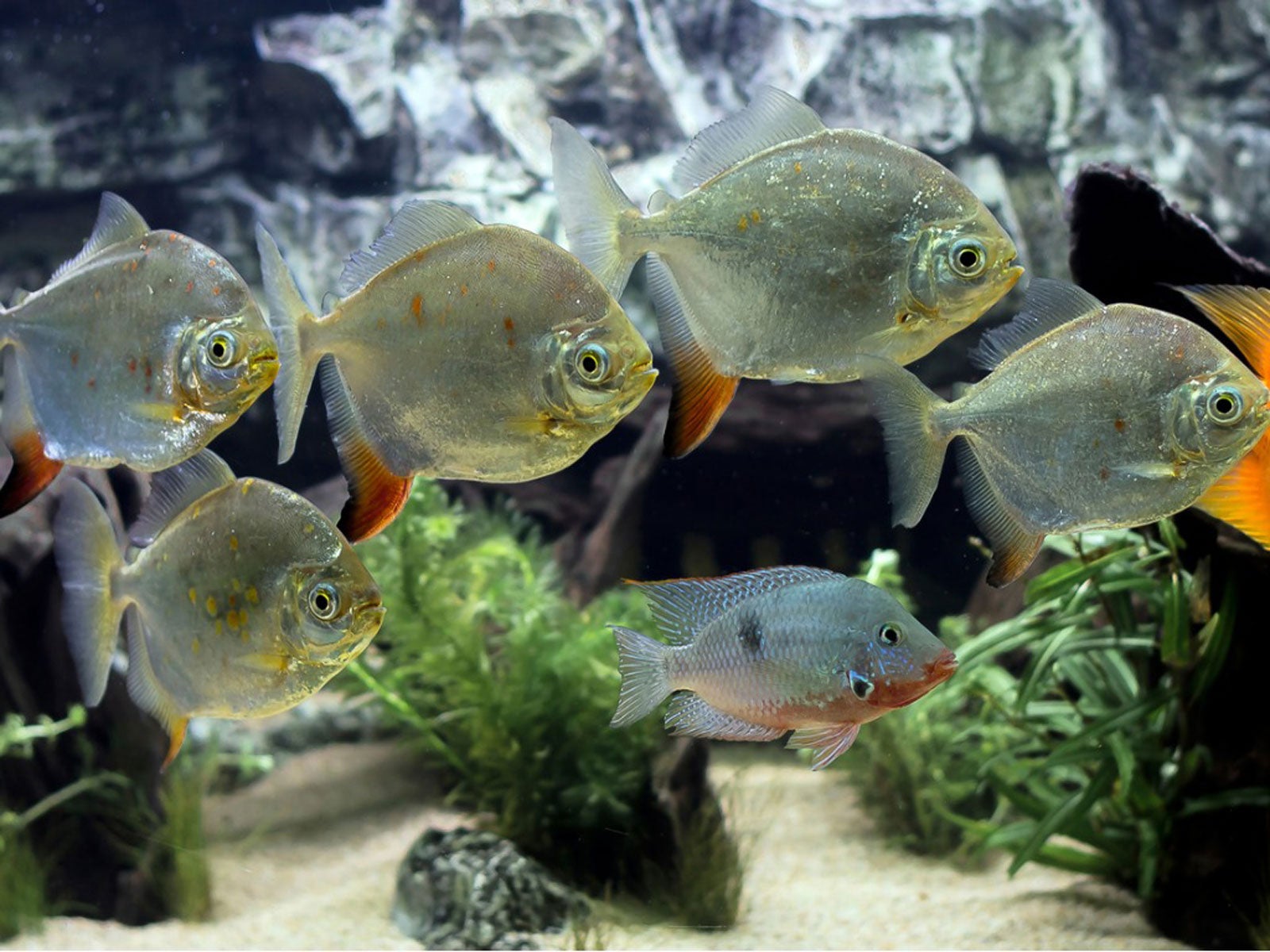 Fish That Eat Plants – Which Plant Eating Fish Should You Avoid
Fish That Eat Plants – Which Plant Eating Fish Should You AvoidGrowing plants with aquarium fish is rewarding, but if you want to combine plants and fish, learn what aquarium fish to avoid. This article will help.
-
 Is Pond Fertilizer Bad For Fish: Learn About Fish Safe Fertilizer
Is Pond Fertilizer Bad For Fish: Learn About Fish Safe FertilizerUsing fertilizer around fishponds must be done with care. Excess nitrogen causes algae, but can also contaminate the water and affect fish. Learn more here.
-
 What Is Aquascaping – Creating An Aquarium Garden
What Is Aquascaping – Creating An Aquarium GardenAquatic gardening can be a rewarding endeavor, especially when aquascaping. Click this article to learn more about creating an aquarium garden.